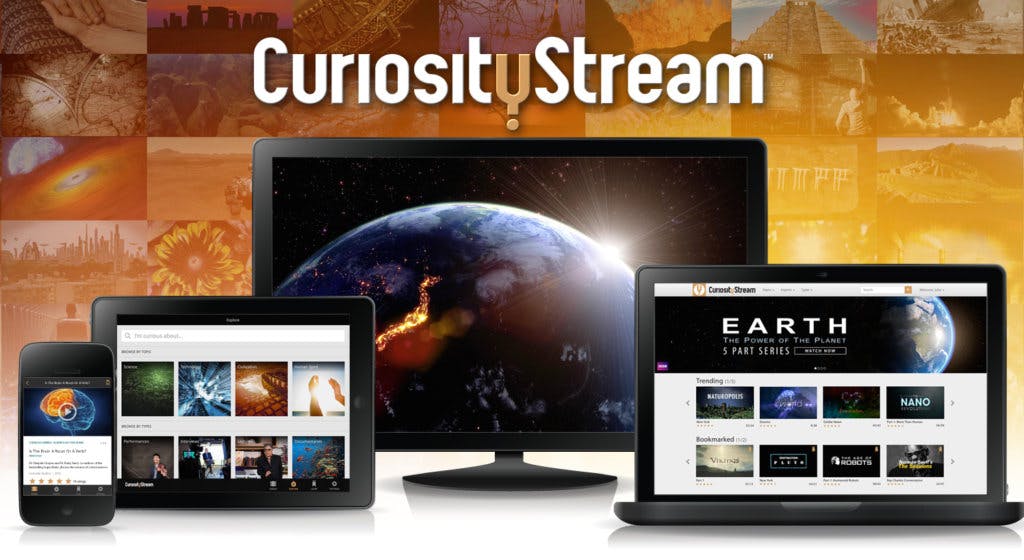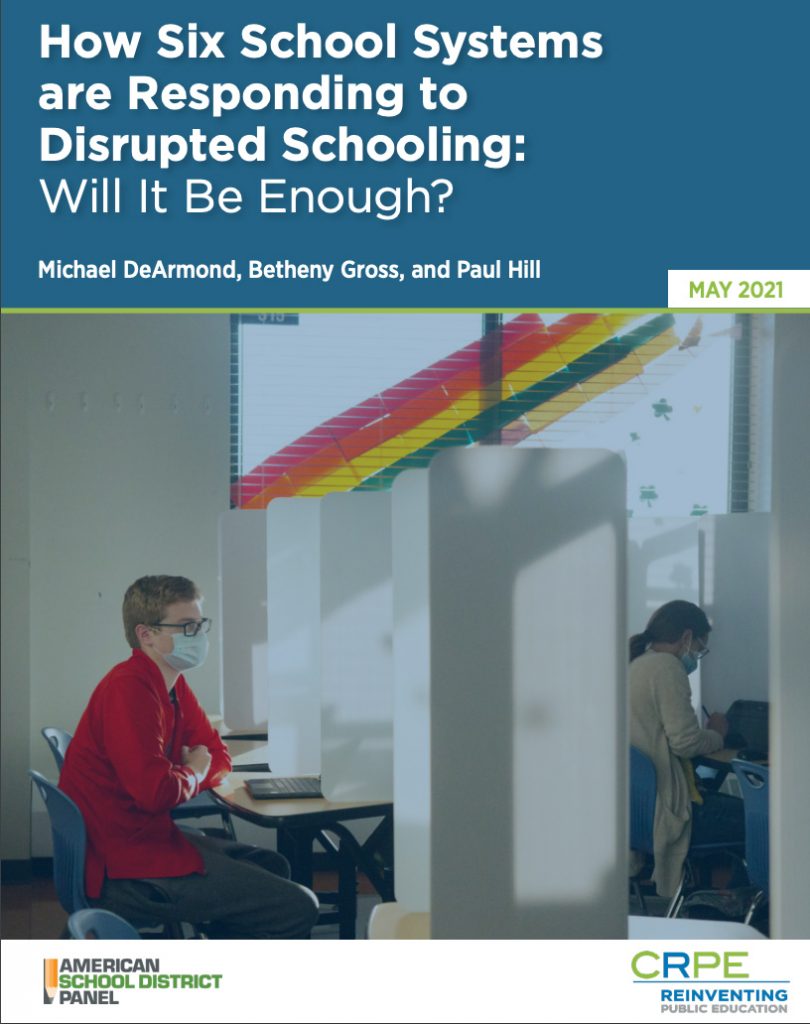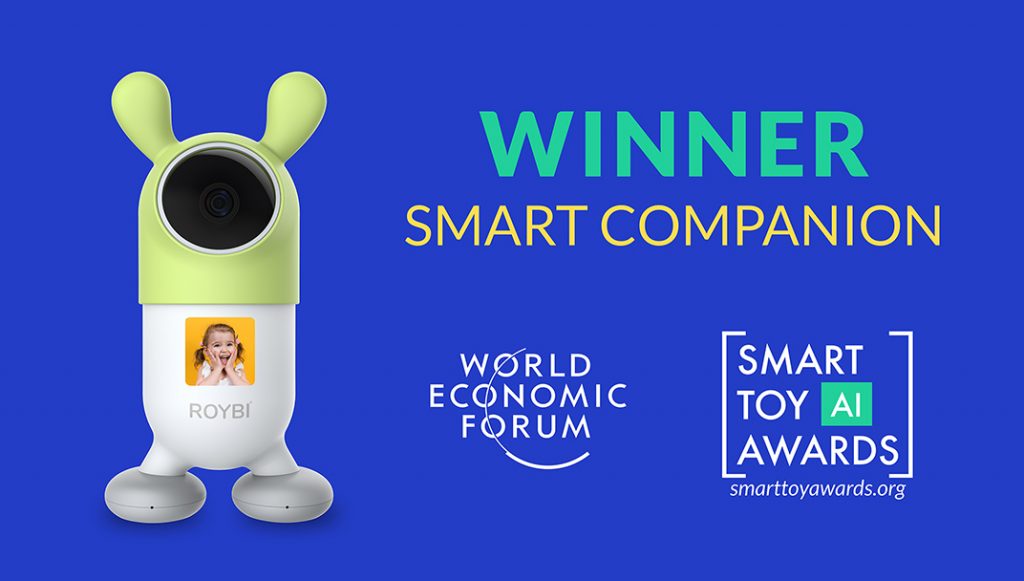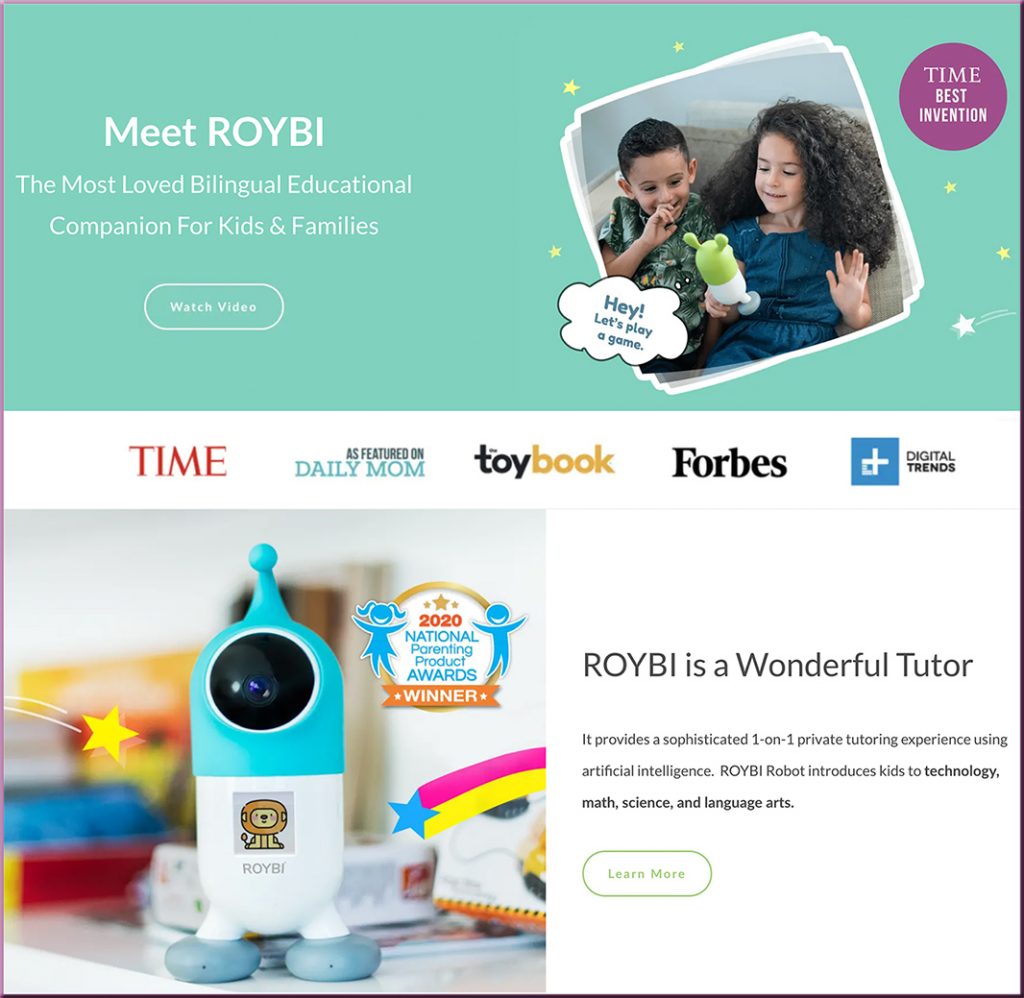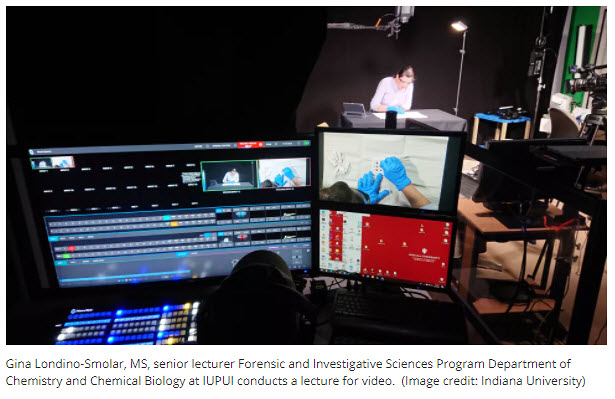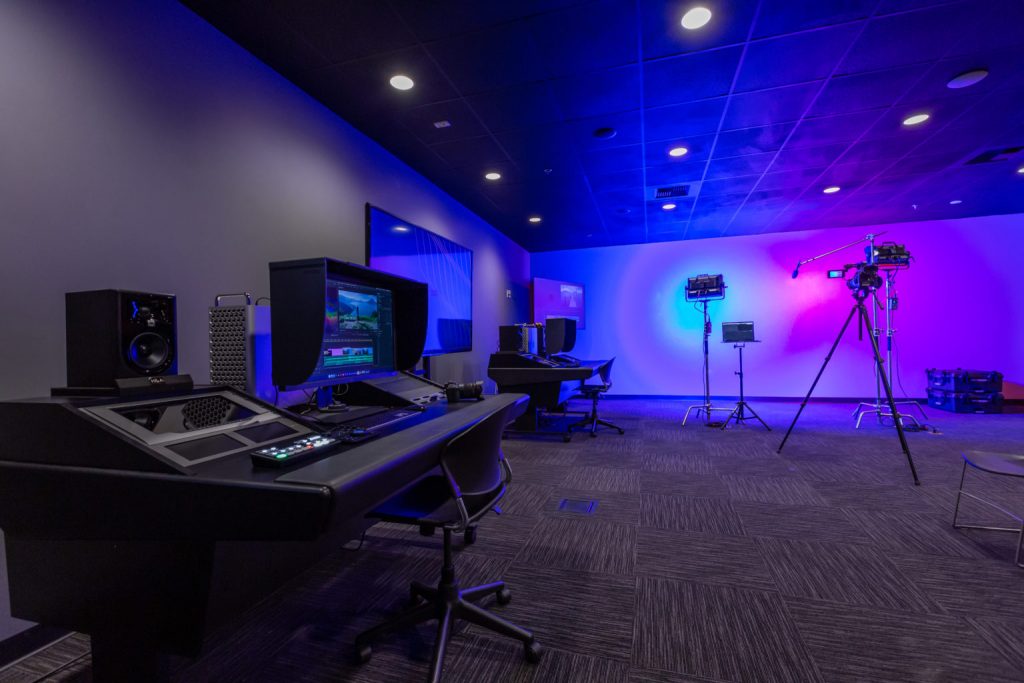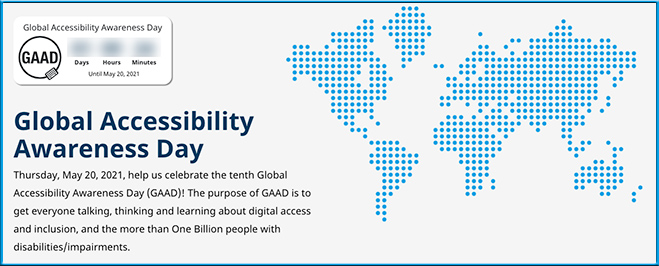Student Experiences Learning with Technology in the Pandemic — from educause.edu
Excerpts:
However, as most institutions pivoted to remote learning as a result of the COVID-19 global pandemic in 2020, we also pivoted to conduct a special fall 2020 study to gain insights on the student experience during what has been an exceptional time of disruption. In this report, we share results from the study related to student experiences with technology in the for-credit courses they were taking in fall 2020 in which they felt they were learning the most. Specifically, we asked students to think about their best course—the one in which they learned the most—and tell us about the learning environments and modalities of those courses, as well as instructors’ uses of technology in, the organizational and design features of, and the most and least effective uses of technology they experienced in those courses.1
Steps You Can Take
Institutional leaders should consider the following steps as they continue to respond to the most immediate needs of students and plan for a post-pandemic future.
- Invest in the design, development, and implementation of hybrid course models and the people who support them.
- Connect faculty with instructional designers and instructional technologists.
- Put students at the center of your teaching.
The best student experiences were the ones that were focused on student learning experiences and did so from a position of empathy, care, and flexibility. If we learn one thing from higher education’s pandemic year it’s that higher education needs to invest in promoting caring, student-centered, and adaptive pedagogies.









